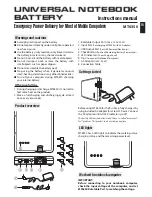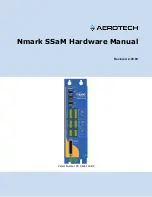
©2013
DJI Innovations. All Rights Reserved.
19
Flight Test
step1:
Ensure the batteries are fully charged for transmitter, GCU and all the other devices on your aircraft.
step2:
Make sure all connections and wirings are in good condition.
step3:
Switch on the TX.
step4:
Make sure to adjust the Roll axis of gimbal to be level.
step5:
Power on the gimbal and wait for self-testing. The Roll axis will rotate first, and then the yaw and pitch
axes will rotate quickly at the same time.
step6:
After self-testing, the camera lens will point to aircraft nose direction, that is, the three axes of gimbal
should be in the condition as the above diagram shows.
step7:
The gimbal goes into initialization, at this time the three axes will rotate very slowly.
step8:
The gimbal is at a standstill after initialization, and ready for usage.
step9:
Toggle the Working Modes switch on your transmitter, and make sure it is working properly.
Switch the Working Modes to Non orientation-locked, FPV Mode (Reset), Orientation-locked
respectively, and then try to push your sticks lightly in Roll, Tilt and Pan to feel if your gimbal moves to
the corresponding direction. If not, go back to the Gimbal Working mode Switch Set to correct your
settings.
Notes:
If the gimbal is abnormal (unlike the diagram shows) after initializing, please turn to the
Trouble Shooting in
Appendix.







































